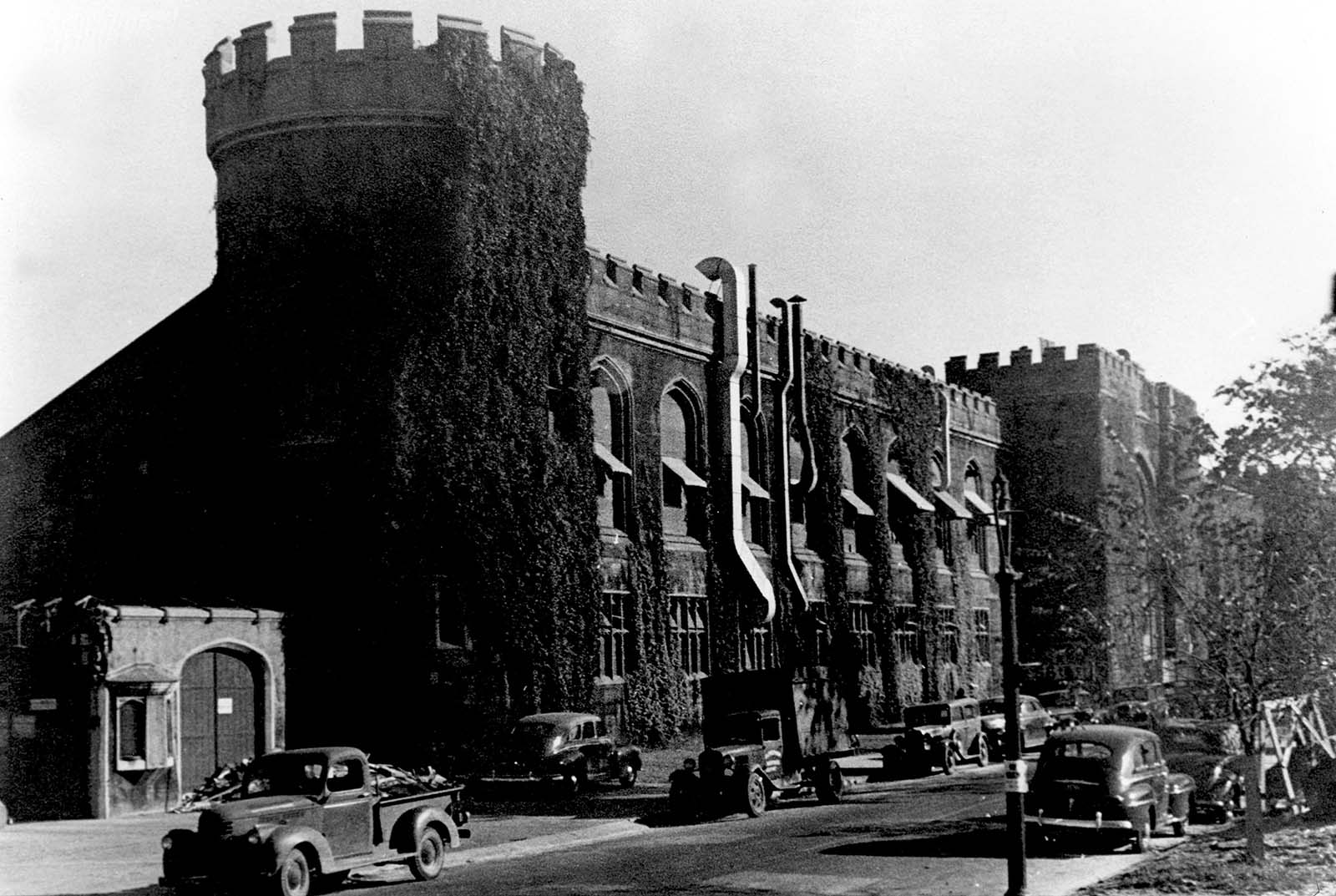Computations Forecast Success
Day after day the pile grew toward its final shape. And as the size of the pile increased, so did the nervous tension of the men working on it. Logically and scientifically they knew this pile would become self-sustaining. It had to. All the measurements indicated that it would. But still the demonstration had to be made. As the eagerly awaited moment drew nearer, the scientists gave greater and greater attention to details, the accuracy of measurements, and exactness of their construction work.
Guiding the entire pile construction and design was the nimble-brained Fermi, whose associated described him as "completed self-confident but wholly without conceit."
So exact were Fermi's calculations, based on the measurements taken from the partially finished pile, that days before its completion and demonstration on December 2, he was able to predict almost to the exact brick the point at which the reactor would become self-sustaining.
But with all their care and confidence, few in the group knew the extent of the heavy bets being placed on their success. In Washington, the Manhattan District had proceeded with negotiations with E. I. duPont de Nemours and Company to design, build, and operate a plant based on the principles of the then unproved Chicago pile. The $350,000,000 Hanford Engineer Works at Pasco, Washington, was to be the result.
At Chicago during the early afternoon of December 1st, tests indicated that critical size was rapidly being approached. At 4:00 p.m. Zinn's group was relieved the men working under Anderson. Shortly afterwards, the last layer of graphite and uranium bricks was placed on the pile. Zinn, who remained, and Anderson made several measurements of the activity within the pile. They were certain that when the control rods were withdrawn, the pile would become self-sustaining. Both had agreed, however, that should measurements indicate the reaction would become self-sustaining when the rods were withdrawn, they would not start the pile operating until Fermi and the rest of the group could be present. Consequently, the control rods were locked and further work was postponed until the following day.

That night the word was passed to the men who had worked on the pile that the trail run was due the next morning.
Later the Hanford Atomic Products Operation–Hanford Laboratories, operated by the General Electric Co., for the AEC. Since 1965 Hanford facilities have been operated by 5 contractors.